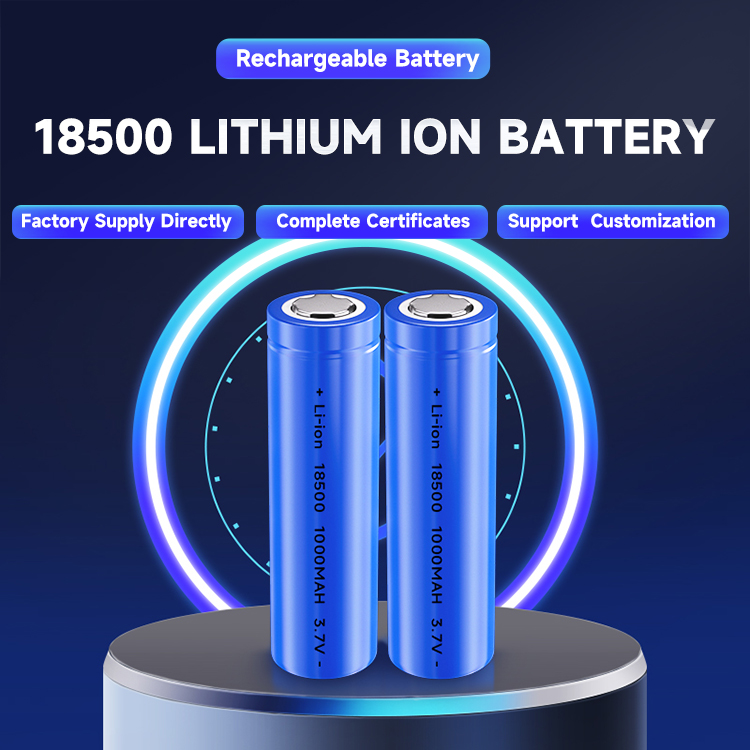Time:2024.12.24Browse:0

The vanadium battery system is mainly divided into three parts: the stack part, the electrolyte, and the control system. The difficulty in development is the stack and electrolyte technology. (1) Stack technology Stacks have a great impact on the cost, power, cycle life, efficiency, maintenance and other performance of the energy storage system. The stack is a place that provides electrochemical reactions and realizes the mutual conversion of electrical energy and chemical energy in the energy storage system. It is the core part of the vanadium battery system. The research and development of stacks focuses on key technologies such as sealing design, flow field design, current collector research, diaphragm research, and stack integration. At present, graphite plates are generally used as current collectors. Graphite plates have the advantages of good conductivity and the ability to charge and discharge with large currents. However, graphite plates are easy to etch, especially under overcharge conditions, and are prone to electrochemical corrosion. The surface of the positive electrode of the graphite plate is easily etched. Corrodes, forms pits, and in severe cases is penetrated by electrochemical corrosion, causing the positive and negative electrolytes of the vanadium battery to flow, which seriously affects the service life of the vanadium battery. At the same time, graphite plates are expensive and brittle. These shortcomings seriously affect the The application of graphite plates in vanadium batteries and conductive plastics replacing graphite current collectors in vanadium batteries is becoming a hot research topic. Although the conductive performance of conductive plastic plates is not as good as graphite plates, it has low density, easy processing and molding, low cost, and is suitable for Large-scale continuous production and other characteristics, therefore conductive plastic current collectors are a hot spot for future research and development. The diaphragm of vanadium battery is generally Nafionl17, which has the characteristics of low resistance and vanadium ions cannot pass through. It has good ionic conductivity and chemical stability, and has certain mechanical strength. However, it is partially water permeable and expensive. The cost of the diaphragm accounts for the entire 60% to 70% of the battery stack, so the localization of separators and the modification of other separators are the development direction and focus of solution for vanadium battery separators. (2) Electrolyte technology The content of different impurity elements in the electrolyte has an impact on the long-term stability and charge and discharge efficiency of the electrolyte. For example, certain impurity ions can cause the electrolyte to be temperature sensitive, produce precipitation, block the stack pipeline, etc. . Therefore, it is very important to determine the purity of the electrolyte and control the content of key impurities. In addition, some appropriate amounts of stabilizers need to be added to the electrolyte to improve the long-term stability and temperature adaptability range of the electrolyte. (3) Control system The control system mainly includes a charge and discharge control system and a pump circulation system. The charging control system mainly consists of a DC conversion module and a current sharing control circuit, which converts the electricity generated by the solar photovoltaic power generation system into the chemical energy of the vanadium battery system. The discharge control system converts the DC power output from the vanadium battery into 220V/50Hz AC power through an inverter for use by the power system. At present, commonly used charge and discharge systems are generally used with lead-acid batteries and are not suitable for charge and discharge control of vanadium batteries. Adaptive improvements are required to meet the usage requirements of vanadium battery systems. The pump circulation system mainly includes pump selection and circulation pipeline design. It is best to use a DC pump that is resistant to acid corrosion; the design of the circulation pipeline requires good sealing and the pipeline is resistant to acid corrosion. The pump circulation system provides basic operating conditions for vanadium batteries. All-vanadium redox flow battery - Working principle of all-vanadium redox flow battery All-vanadium redox flow energy storage battery is a battery that can be used as a large-capacity energy storage power station. Its working principle is as follows: All-vanadium redox flow battery combines vanadium with different valence states The ionic solutions serve as active materials for the positive and negative electrodes and are stored in respective electrolyte storage tanks. When performing charging and discharging experiments on the battery, the electrolyte circulates through the positive and negative electrode chambers of the battery from the external storage tank through the action of the pump, and oxidation and reduction reactions occur on the electrode surface to achieve charging and discharging of the battery. .
Read recommendations:
Lithium Battery LQ-1220
What are the characteristics of lithium iron phosphate batteries?solar energy battery storage system
LR521 battery.Can lithium-ion batteries only be charged and discharged 500 times?
501825 polymer battery company
lipo battery